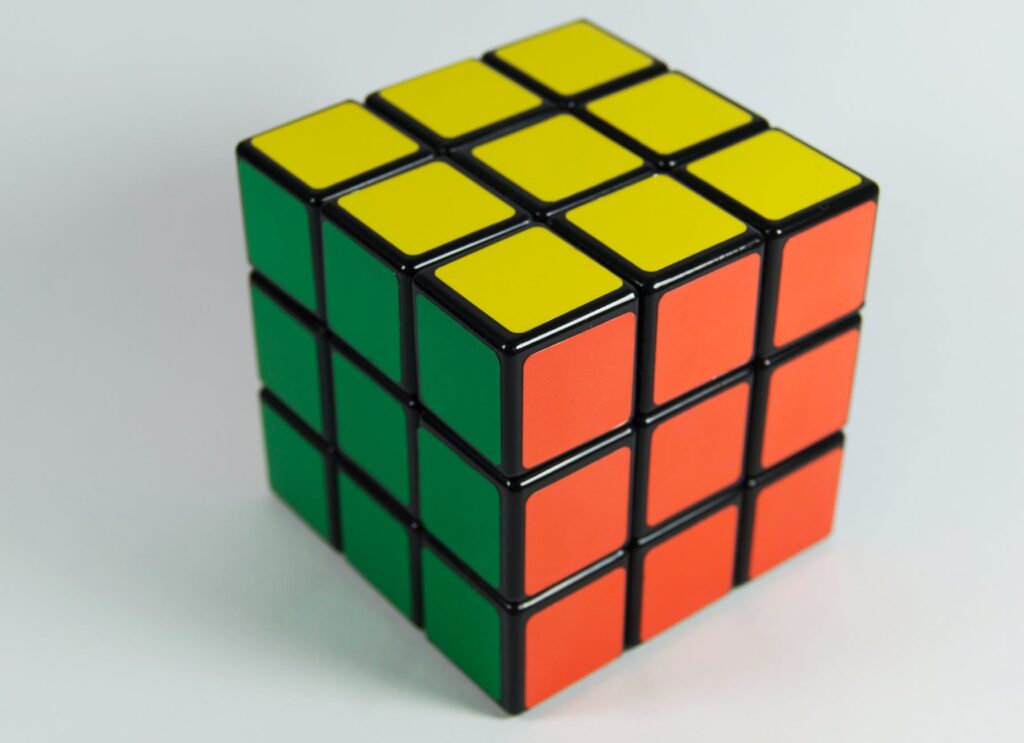Problem-solving skills are among the best skills you can bring to any team, thanks to their combined versatility and power. Just like Mac from the series MacGyver. As he showed in every episode, with this one set of skills–and a pencil and some duct tape–you can overcome the most daunting of challenges and achieve the greatest of rewards.
1. Focus on Solutions
For starters, don’t focus on the problem; focus on the solution. What are you trying to achieve? Not what are you trying to fix. Here, neuroscience backs up common sense, revealing that, when the brain focuses on problems, it feeds negativity which blocks potential solutions from forming. That doesn’t mean you don’t need to acknowledge a problem in order to solve it (as the next item will make clear.) But, it does mean you only waste time when you concern yourself with the source, cause or consequences of a problem rather than how to fix it.
2. Simplify
As just suggested, you do need to know what problem you’re trying to solve in order to solve it. And, unfortunately, when confronted with a problem, it can be hard to separate that exact problem from all the frustrations and reverberations it prompts. This can make problems seem much larger and more complicated than they actually are.
Fortunately, most problems are nowhere near as big as we make them out to be. Too often, we throw a bunch of irrelevant, unrelated factors and anxieties at a central problem that’s really quite simple at its core. As Indiana Jones realizes in the iconic climactic scene of Raiders of the Lost Ark (playing on DIRECTV STREAM) – spoiler alert! – simplicity is the very cup of life. Adornments and accouterments are only so many distractions.
So, to hone a concern down to this central problem, remove all the fine details from it and drill down to the basics. To do this–and it may feel counterintuitive at first–try to generalize the problem rather than get too specific with it.
When you simplify a problem by generalizing it, a simple and perhaps obvious solution may reveal itself. Then, you need only to remember Occam’s Razor, the theory that says: all else being equal, the simplest answer to a problem is normally the right one.
3. Inform Yourself
Learn everything you can about the problem you’re trying to solve and everything around it that’s relevant to it. Learn about the industry of a particular product, the history of a particular city and the specifications of a particular technology. Whatever it is you’re trying to create or achieve or otherwise proactively act upon with this solution you’re seeking, do the necessary research to become as close to the world’s expert on it as you can be.
4. Brainstorm
Effective problem solving is a two-step process and you can’t effectively do both at the same time, because they each require distinctly different–and opposing things from you. In the first stage, the brainstorming stage, you need to shut off your judgment so you can dream up as many possible solutions to your problem as you can. Only after you develop this list can you begin to winnow it down by analyzing and evaluating each of the options in turn.
Try to do that as you go alone, and you’ll risk stifling your problem-solving creativity.
5. Implementation and Review
Problem-solving is not a static action or event; it’s not a transactional “one and done” deal. Rather, it’s a dynamic process that never ends but rather changes and develops and progresses. Therefore, you need to implement any solutions you come up with for your latest problems before you can tell whether or not it’s the right solution. First, you need to implement it, then you need to analyze, evaluate and assess it.

